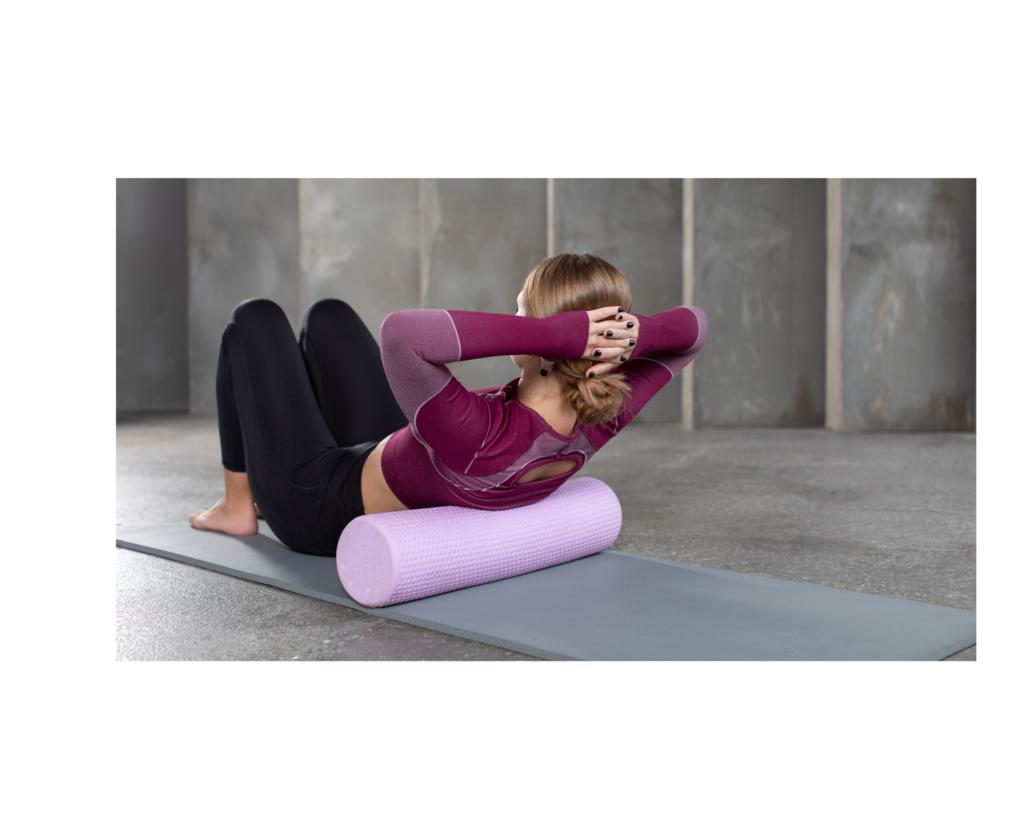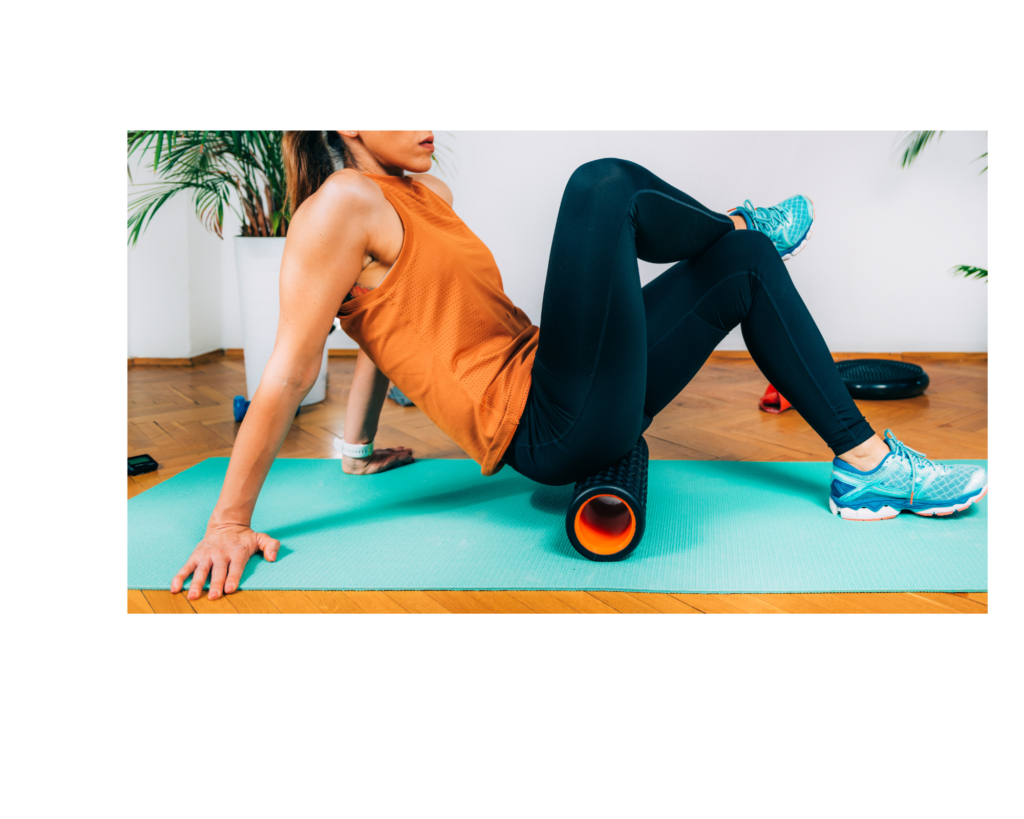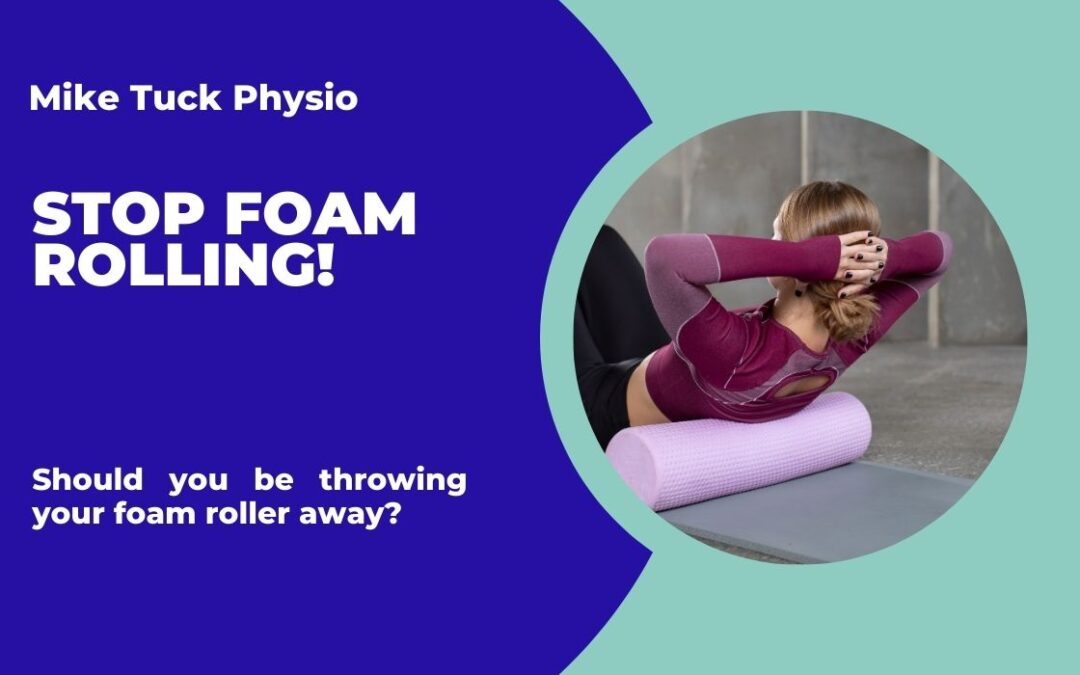
What is Foam Rolling?
This is the technique of using foam cylindrical tubes to apply pressure and tension to a specific body area via a series of rolling movements across the area to be worked.
It is a self myofascial release technique. It can be uncomfortable and even painful at times and when used over specific areas of the body. It can be used at any time but often used post exercise with the users claiming that it helps to alleviate post training discomfort and tension.
Why do people use foam rollers?
People who support the use of foam rolling claim that using them can provide the following benefits:
- Reduced muscular tension
- Increased blood flow
- The break up scar tissue/adhesions
- Reduced recovery time
- Improved athletic performance
- Improved neuromuscular facilitation

Is it safe?
In short, yes.
You should exercise caution when using the roller over torn muscles and especially broken skin and certainly NEVER over broken bones.
In order to get to tricky areas of the body like your flank, you are required to twist yourself over the foam roller in order to achieve the correct pressure and in these awkward positions, care should be taken to ensure that body your position is safe and sustainable and not likely to cause another problem through sustained awkward positioning.
Foam rolling is safe during pregnancy you should check with your maternity expert before starting its use.
Does foam rolling actually work?
A lot of my patients use foam rollers because they report to me that it just feels good after a workout to use a foam roller. The evidence on their use is a little thin on the ground. There is no evidence to suggest that it reduces the adhesion between the muscles and the fascia – the dense tissue that surrounds and covers all of your bones and muscles.
There is also little evidence to suggest that it reduces Delayed Onset of Muscular Soreness (DOMS) the sensation of stiffness and pain that can develop a day or so post training or exercise.
Does it improve mobility? In isolation – no. But there is some low quality evidence to suggest that it can reduce muscular tension, albeit temporarily. It can help with local blood flow to a muscle and therefore it could be used as part of a warm up plan prior to exercise or sport.

Should I just stretch instead then?
Stretching can be used as a component to help increase joint mobility. However, there is little evidence to suggest that foam rolling aids joint mobility.
There has also been several studies to suggest that there is no discernible difference between static stretching and foam rolling in terms of athletic performance during sport or reduced onset of DOMS post exercise.
Interestingly, research suggests that there is a small benefit from foam rolling when using the vibrating type of foam roller over and above the standard static model.
Joint mobility or how far your joint can move in various directions is affected by several things such as the joint mechanics itself and the workings of the structures around it. Foam rolling is
Conclusion
Those people that love to foam roll just love to foam roll!
It forms part of their preparation for or recovery from sport and exercise. It makes them feel good and helps them mentally. However there is little strong evidence to suggest and support the claims of the benefits of the practice. It certainly doesn’t do what we would like to think it’s doing.
But if you’d like to warm your muscle tissue and you enjoy the sensation then I’d say to keep on going with the practice. You could incorporate some additional mobility work in order to get the most from your pre or post sport/exercise regime.
